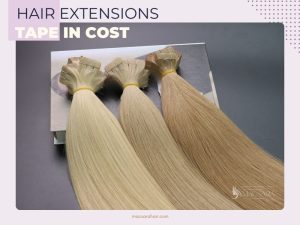
Menu
What happens to your hair while you sleep? The answer lies in your movements. As you sleep, your head naturally rubs against your pillow, causing friction between your hair and the pillowcase. This friction can lead to breakage, frizz, and tangling, especially for those with fine or fragile hair. Ensuring your hair remains healthy while you sleep isn’t just about avoiding bad hair days; it’s about preventing damage, knots, and frizz. Let’s explore 13 effective strategies to protect hair while sleeping and wake up to smoother, healthier locks.
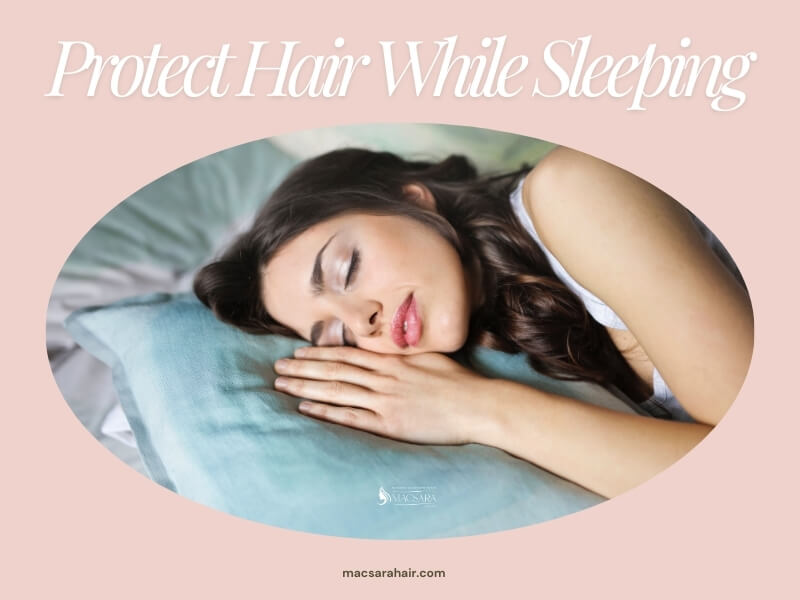
A good night’s sleep isn’t just important for your overall health. Let’s get straight to the point with our best way to protect hair while sleeping.
Sleeping with wet hair weakens its structure as water breaks the hydrogen bonds in your hair shafts. This makes it prone to stretching, snapping, and breakage. To avoid damage, dry your hair thoroughly before bed or wash it in the morning.
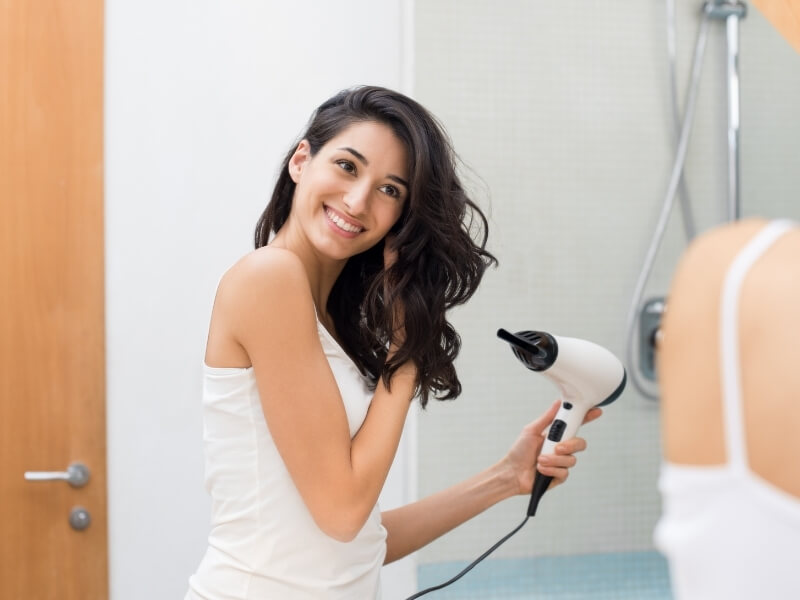
Brushing or combing your hair gently before bed minimizes knots, tangles, and shedding during the night. This practice also helps distribute your scalp’s natural oils, promoting moisturized and healthy hair.
Your diet plays a vital role in hair health. Foods rich in protein, Omega-3 fatty acids, and vitamins (like eggs, fish, leafy greens, and nuts) strengthen your hair from within. Nighttime is a key period for regeneration, so nourishing your hair with these nutrients during the day.

Dirty pillowcases can harbor dirt, oil, and bacteria, which may transfer to your hair and scalp, causing irritation and breakage. Aim to wash your bedding weekly to maintain a clean sleeping environment.
Choose mild, natural detergents to wash your bedding. Harsh chemicals in regular detergents can irritate your scalp, dry out your skin, and negatively impact your hair’s health. Keep your bedding clean and hair-friendly with gentle options!
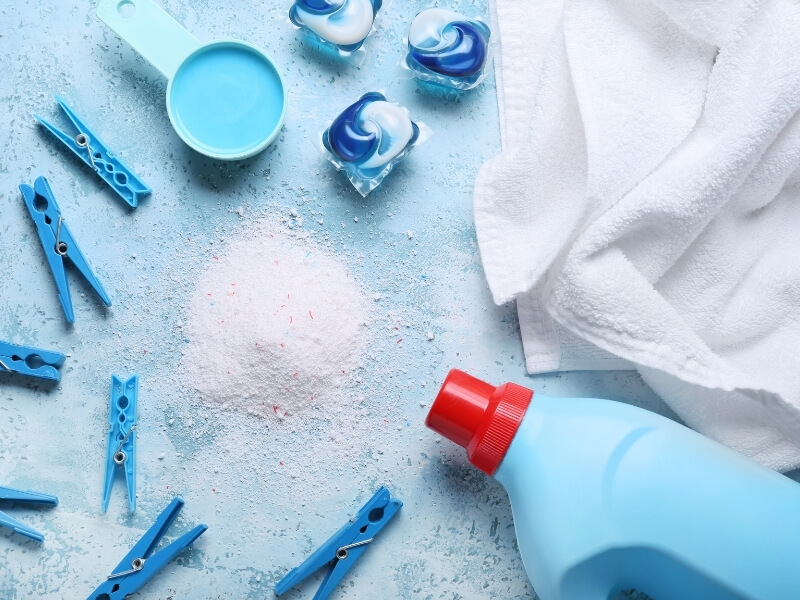
The next step in how to protect hair while sleeping is to change your pillowcase. Unlike cotton, silk and satin pillowcases reduce friction between your hair and the pillow, preventing breakage, split ends, and dryness. They also help retain your hair’s natural moisture and oils.
Maintaining a room temperature between 65-75°F (18-24°C) and a humidity level of 30-50% creates the perfect environment for your hair. Dry or overly humid air can cause issues like frizz, brittleness, and scalp irritation.
Maintain moisture in your hair by using hydrating shampoos, conditioners, and masks. Look for products enriched with nourishing ingredients like argan oil, quinoa protein, or tourmaline powder to combat dryness and keep your hair soft and healthy overnight.
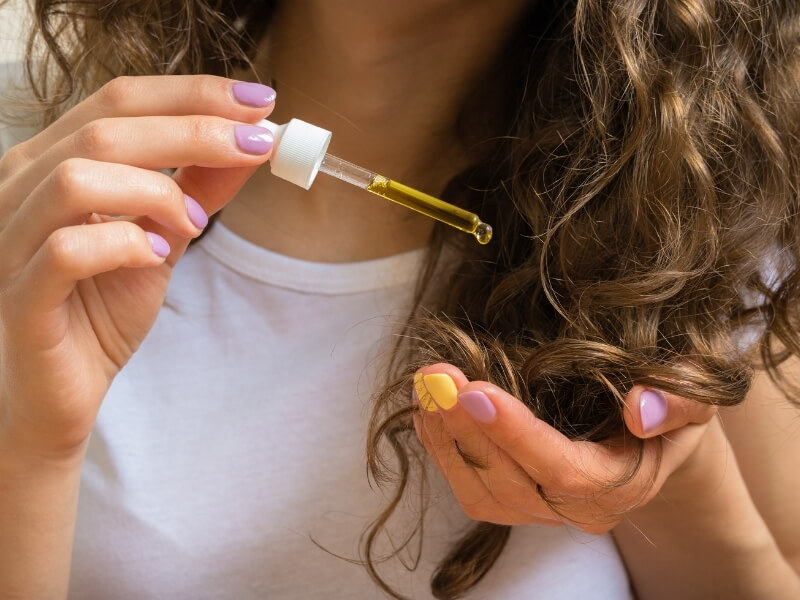
Covering your hair with a silk or satin scarf before bed reduces friction and tangling, keeping it smooth and manageable in the morning. Wrapping your hair in a satin or silk scarf minimizes friction and keeps hairstyles intact.
Avoid sleeping with your hair under your head or in rough positions that increase friction. And don’t hesitate to try hairstyles to protect hair while sleeping. A gentle top knot secured with a silk scrunchie keeps hair neat without causing strain on the scalp. You can also go to sleep with one or two loose braids at the nape of your neck keep strands untangled.
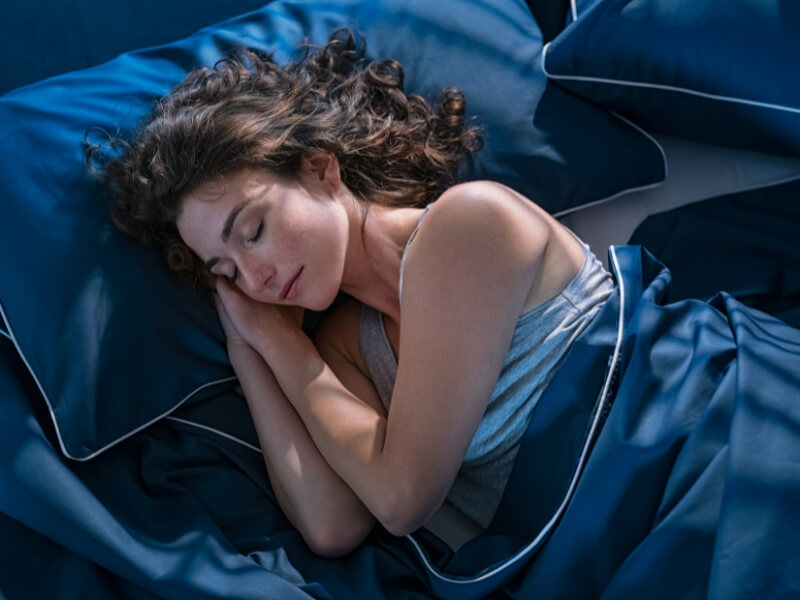
Excessive heat styling before bed can worsen hair dryness and make it prone to friction damage. If heat styling is necessary, always use a heat protectant and keep it to a minimum.
View more: How To Fix Heat Damaged Hair With Simple Steps
To truly protect your hair, steer clear of these habits:
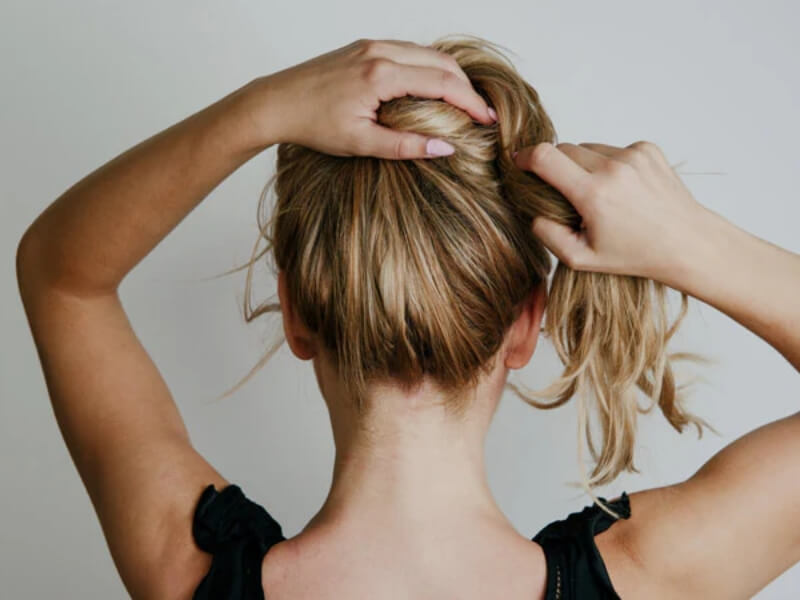
We have gathered the most common questions for you to get more intense knowledge about how to protect hair while sleeping.
Start by spritzing your hair with a leave-in conditioner or detangling spray to hydrate and soften it, focusing on the ends and mid-lengths. For extra smoothness, mix in a small drop of hair oil. Let it absorb for a minute before gently detangling it to prevent damage.
Absolutely! Wrapping your hair in a satin or silk scarf minimizes friction, prevents tangles, and helps lock in moisture, keeping your hair smooth and healthy overnight.
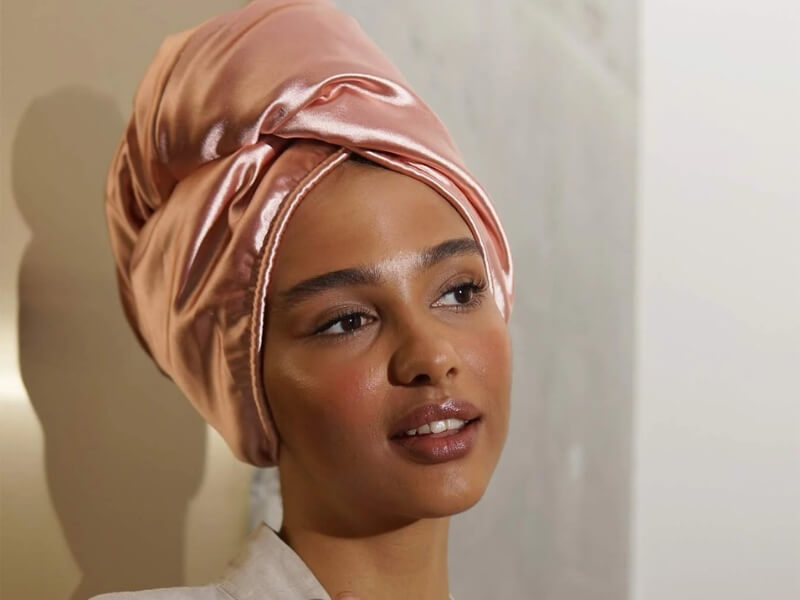
Yes, but only when styled gently. Opt for loose buns or braids secured with soft silk scrunchies to protect your hair from tangling and breakage while you sleep. This method keeps your strands safe and reduces friction.
Yes, heat styling can be an effective way to tame frizz and smooth out unruly sections, but it should be used sparingly. A quick pass with a flat iron or curling wand can help achieve a sleek look or add definition to your style. However, it’s essential to always apply a heat protectant and use the lowest heat setting to minimize the risk of dryness
By adopting these habits, you can protect hair while sleeping and enjoy stronger, shinier locks. Experiment with different methods to find what works best for your hair type, ensuring you wake up to hair that’s as beautiful as your dreams. And if you want to go out with flawless locks in a couple of minutes, consider using human hair extensions at Macsara Hair – #1 Vietnam Hair Factory. Our extensions are crafted from 100% human hair for a seamless, natural appearance and reliable hold. We cater to diverse preferences with a wide selection of textures, colors, and lengths.
Macsara Hair also welcomes collaborations with wholesale vendors and salon owners globally, providing attractive partnership benefits. Reach out to us via WhatsApp at +84 98 6980 492 for round-the-clock assistance, or leave a comment to connect!

Mr. Jack Nguyen - The CEO and founder with a broad and visionary perspective of Macsara Hair - a company with a leading human hair factory in Vietnam.
Grab our promotions first
Copyright 2023 © Macsara Hair
